





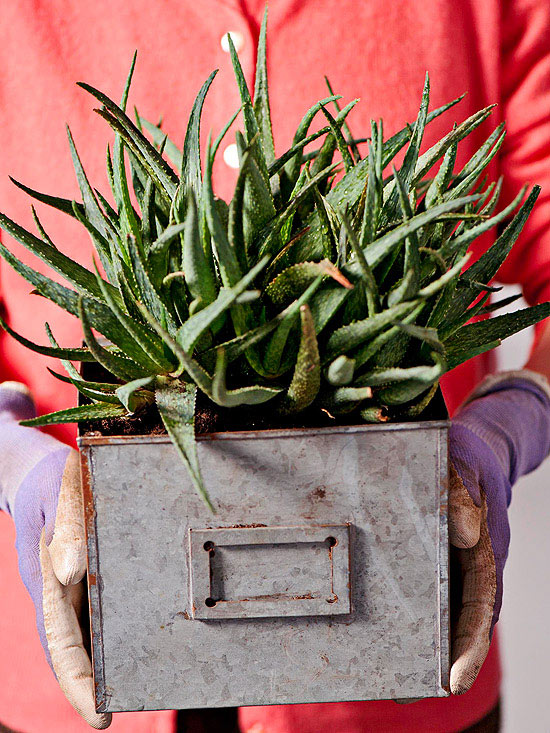
Many houseplants regularly require repotting into a larger container to allow their roots to expand. If they're not repotted they become root-bound, which stunts their growth and makes them require more watering.
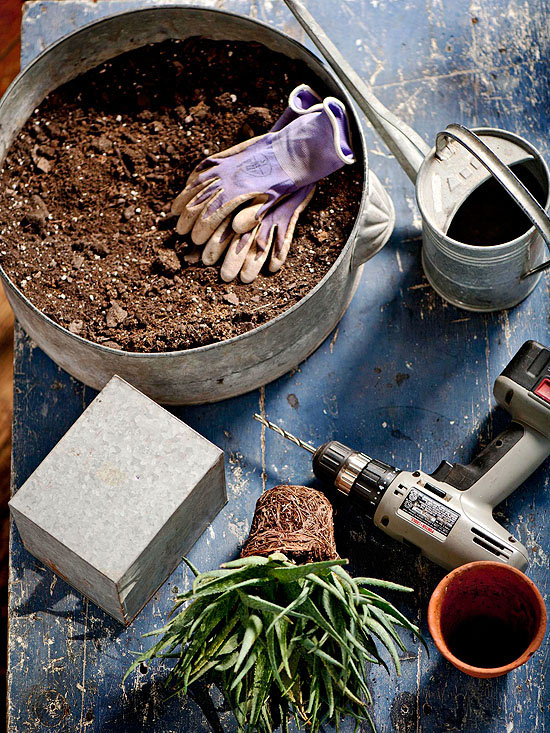 Step 1
Step 1
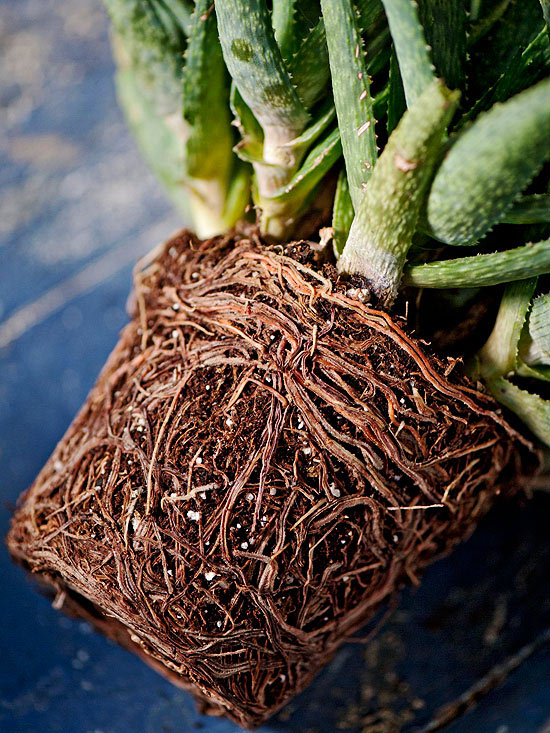 Step 2
Step 2
Turn the plant upside down to reveal the root system. Check to make sure the root network is healthy and has filled the container. If the roots are sparse, you can still repot -- just select a container the same size as the previous one.
If the roots warrant a promotion, find a container that is at least an inch wider than the original pot. With the help of a drill, you can put in three drainage holes, which are key. Drill holes an inch or so apart using a metal bit. If you are working with a clay pot, use a masonry bit.
Caution: Drilling might damage a container. Don't try this with a valuable one.
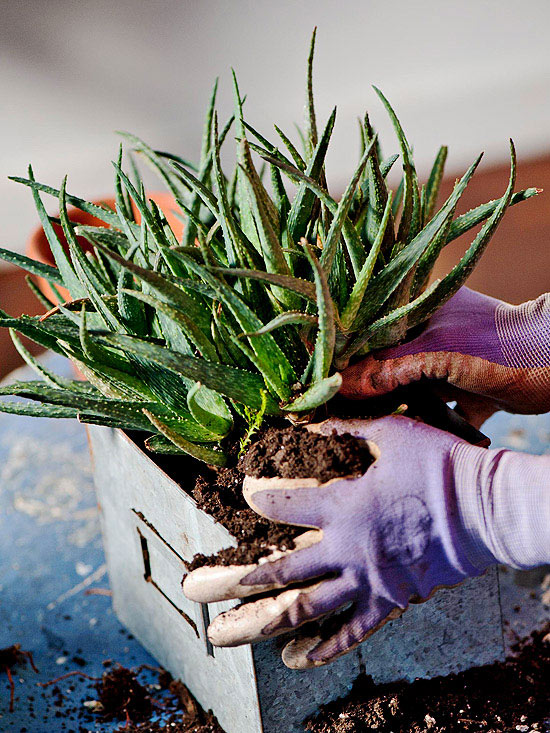
Tease roots free from the root ball so they'll quickly penetrate the new soil. If you want to share the bounty with friends, separate a "pup" with as many roots as possible. Slip the mother plant into its new container, adding soil around the original root network. Be sure to press the soil around the roots, eliminating any empty holes.
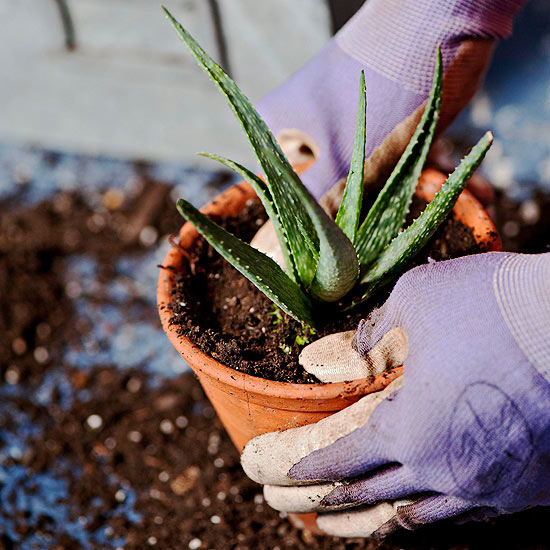
Pot the "pup" separately, firming the soil around the roots and giving the division plenty of expansion room to grow.
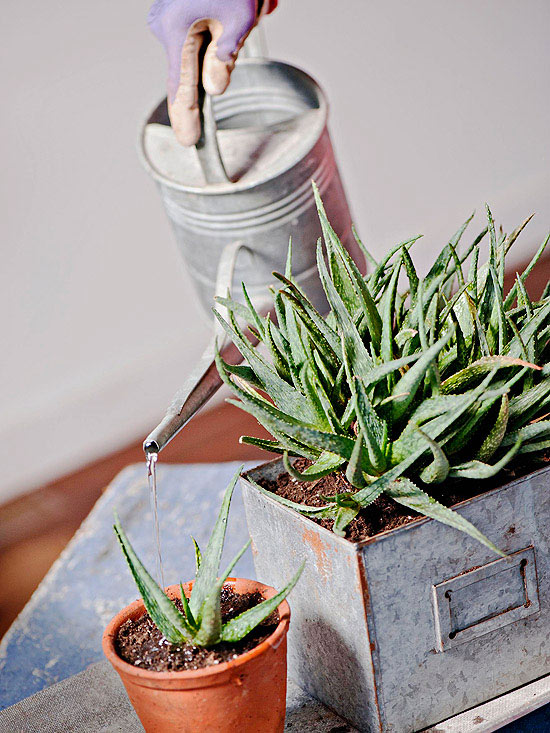
Water; keep the roots moderately moist and position the plant out of hot sun for a brief adjustment period. One to two weeks should do it. Then place the plant in a sunny window. Voila! Your houseplant has received a makeover that will add life to your room for a long time.
Copyright © www.100flowers.win Botanic Garden All Rights Reserved